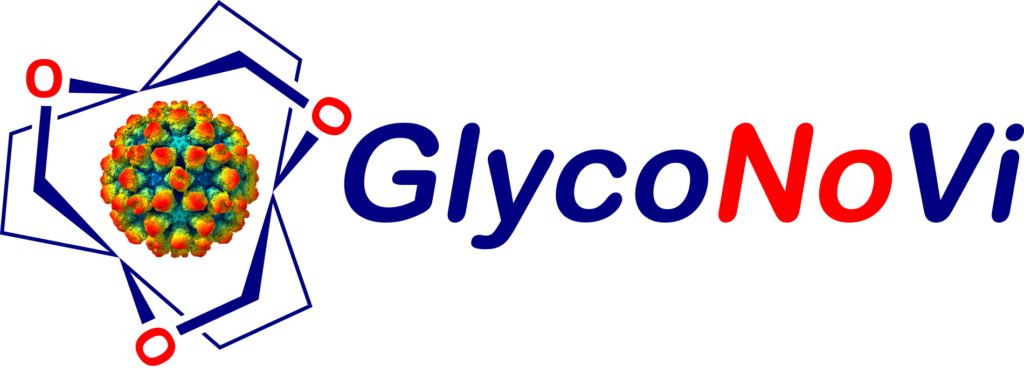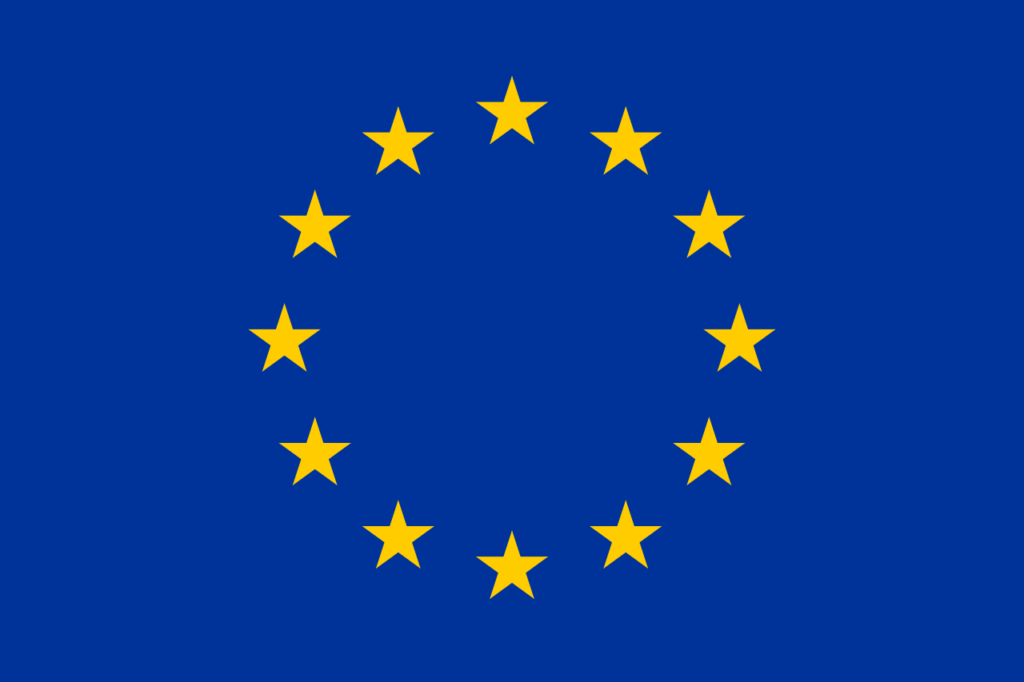Noroviruses infect host cells by first interacting with specific sugars (or glycans) that are present on the host cells’ surface, called histo-blood group antigens (HBGAs). This interaction occurs through the norovirus major capsid protein VP1 and, more specifically, through its protruding domain (P-domain). Therefore, studying the norovirus P-domain is essential to better understand how noroviruses bind to and infect host cells and to design glycan-based drugs that can hinder this interaction. By using P-domains of norovirus strains of interest produced in bacteria, Luca Pisapia [DC5] is currently studying how these domains interact with different human glycans in CNRS (Grenoble, France). To achieve this, Luca is using different biophysical techniques, such as titration calorimetry, surface plasmon resonance, biolayer interferometry, and protein crystallography. In the end, the aim of this project is to unravel the structural aspects of the binding of norovirus strains of interest to different glycans and to help other GlycoNoVi Research Fellows designing glycan-based drugs that could prevent the norovirus-HBGA interaction. Get to know more about his research (and more!) in this video that he made for you.



